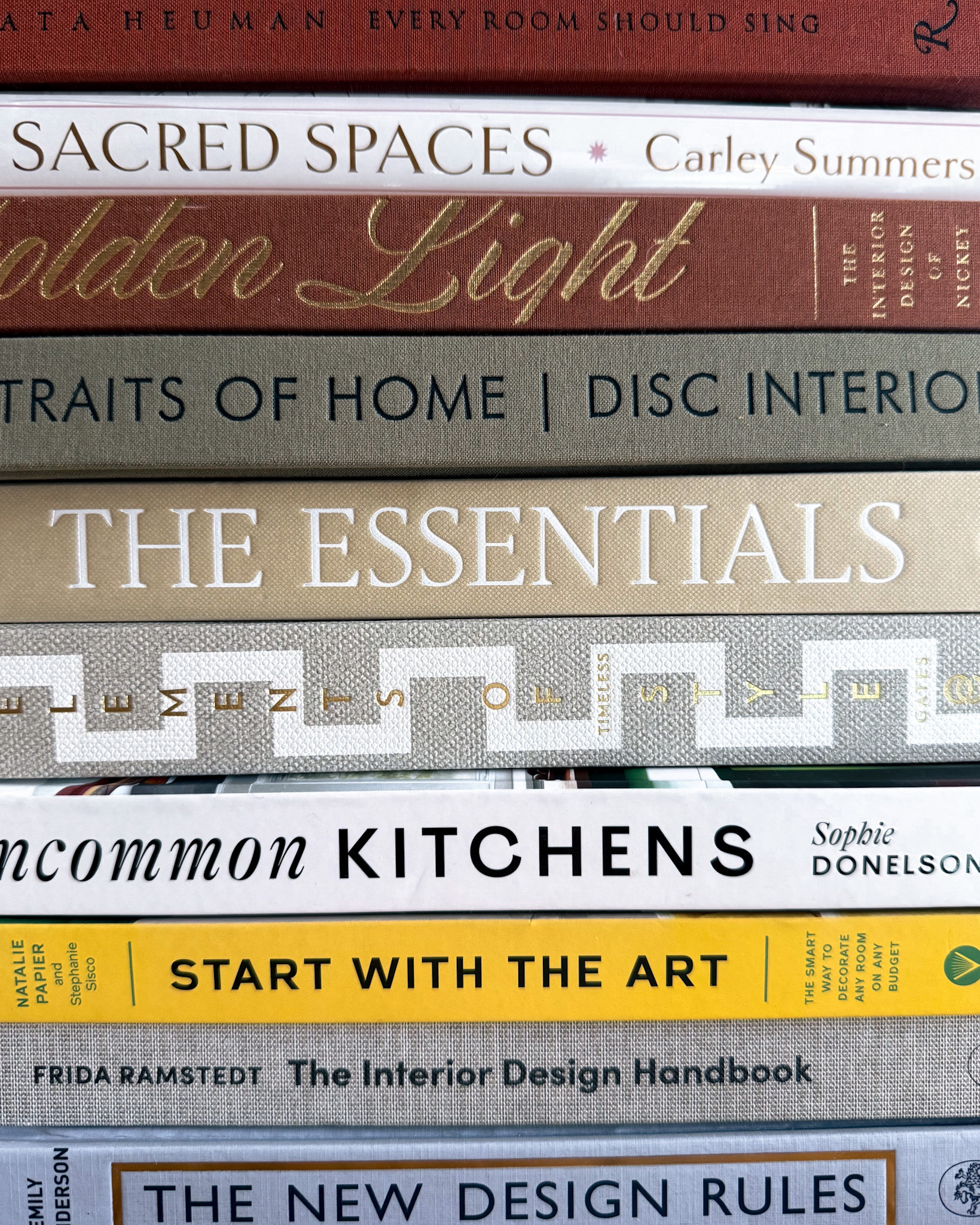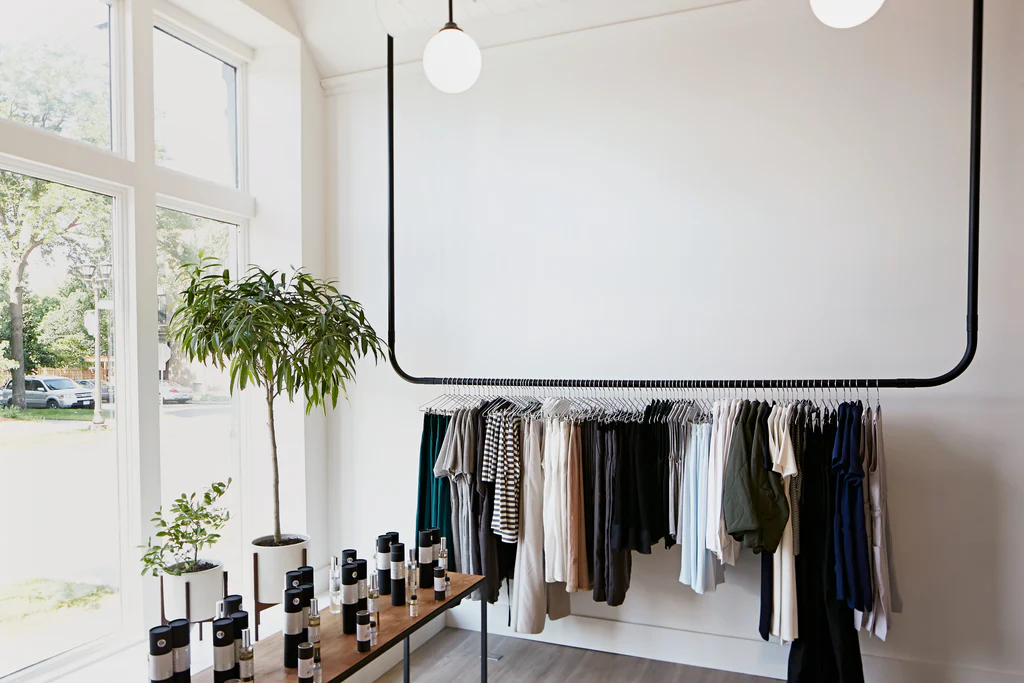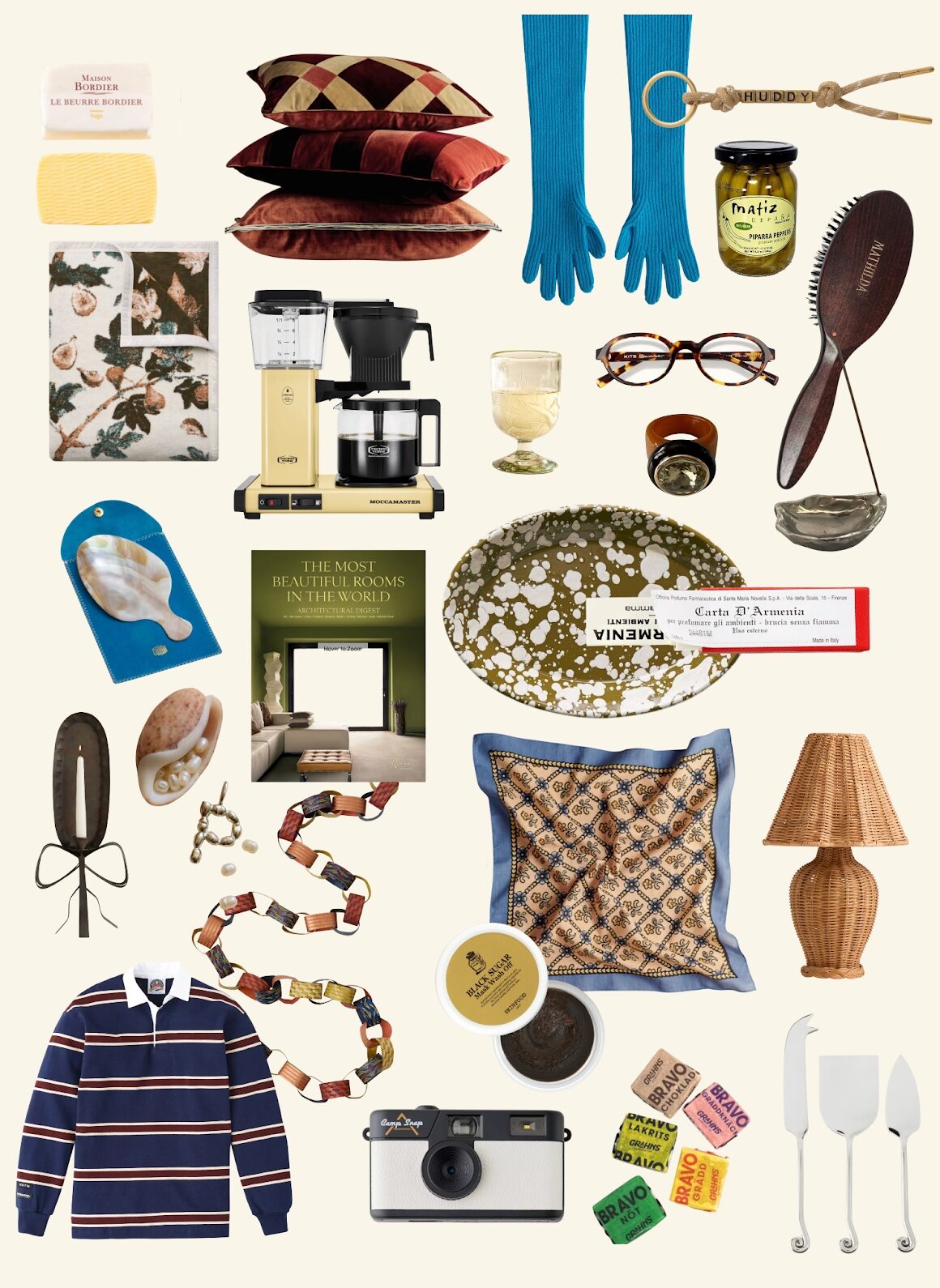

By Ellen Koneck (with help from my twin, Emily)
I’m going to let you in on the oldest, most repeated memory I can access:
A friendly stranger approaches my mom, my sister, and me at the grocery store (or park, or mall, or school parking lot, and so on). She smiles politely at my mom and then turns, crouching as she asks—
“Are you two sisters…”
<We nod.>
She holds the –ers of sisters a little too long, giving away (as they all do) that her next question is just a continuation of the first:
“Are you… twins??”
<We didn’t stop nodding anyway because, of course, we saw this coming.>
“Oh wow! So… what’s it like to be a twin!?”
<Silence>
She mistakes our quietness for coyness, maybe shyness, perhaps adding to the intrigue because we seem unwilling to disclose the details of our dynamic. But it’s not an unwillingness at all—it’s an impossibility. It’s like asking a fish to describe water. Like asking someone to identify the chair in an empty room—what did she mean, what is it like to be a twin? It’s the only language we speak, the only world we know. How can you begin to describe the contours, edges, and features of the only reality you’ve ever experienced? (How, especially, as a six-year-old?)
***
When I read about the theme for this month, which is all about relationships, I knew I wanted to write about being a twin. Because—not to throw my mom, husband, siblings, baby, or anyone else under the bus here—it’s realistically the most formative and important relationship I have. Given how important it is to me—and how increasingly common twins are as couples choose to get pregnant later in life or use IVF—I’ve decided to try the impossible. I’ll try to begin answering that question I’ve (we’ve!) been asked since the dawn of our existence: What’s it like to be a twin?
Part 1: The Basics
The quick facts: Yes we switched places once in elementary school, no we never dressed alike, she’s older by five minutes, I got my period first, and, most importantly: Emily and I are identical.
Identical twins form because one egg completely splits in half after insemination. There is no hereditary or genetic reason that eggs split—it’s random. (Another word for random might be miracle but you FEEL FREE to pick whatever term you’re most comfortable with mmk!!)
Fraternal twins are more common by a long shot, which happens when two eggs are fertilized by two different sperm. These twins are genetically like siblings who just happened to share a womb and a birthday—they can be different sexes, have different hair color, eye color, etc.—just like regular siblings! Identical twins, because the exact same genetic material forms the basis of each person, are assigned the same sex at birth and often look very similar.
Part 2: Nature, Nurture, Pizza
This is why identical twins are the perfect case study in the question of nature vs. nurture.
Nature vs. nurture is a shorthand way to ask whether we become who we are because we have a genetic predisposition to become that way (brown-haired, short-tempered, artistic, and so on) or whether our environments shape us to become those things. Of course, the answer is yes, both. We are born with certain tendencies, but those tendencies can be shaped—and shaping—on the world. But the precise ways in which nature and nurture play a role in who we become is nonetheless fascinating.
My mom and dad enrolled us as infants in the Minnesota Center for Twin & Family Research—a decades-long, world-renowned “twin study” that takes place right in our backyard at the University of Minnesota. They’ve published super fascinating research on fingerprints, happiness, and personality, among dozens of other topics. Emily and I would show up every year or two and be measured, prodded, weighed, interviewed, tested, and (most notably to my childhood brain) hooked up to little skullcaps oozing with gel and monitors that measured our brain waves while we reacted to short videos. These days, we’ll be tapped for a quick survey on a very specific topic and get a $10 check in the mail.
Enlightening scientific findings aside, as kids we would get to miss school and get $20 *plus our own* full-size pizza. It can’t be understated how significant this is to people who have shared and split everything forever (including the egg of our initial existence, and all our previous pizzas).
I asked Emily what she remembers about participating in these twin studies, especially as kids:
EB: “I remember for a while thinking it was more test than observation—I remember wishing I knew what or how Ellen had answered so I could know how I ranked against her. Not in a competitive way, but if it was one of the first (very obvious) ways we were being measured as individuals and not as a single, confusing, happy unit, I remember feeling like I didn’t trust that I knew what I knew, without also knowing what she knew. Later, that changed to understanding and enjoying the measurements they were taking as information about us together; that I could enjoy understanding myself next to her but not the same as her.”
Mic back to me: I totally remember thinking the same—there was one test about self-perception and I wished so badly to know how she perceived herself (and me) and if our answers were as identical as our, you know, DNA. We’re still in the study today and still correspond with the different grad students who have taken over running it. Before we had words for the idea of individuation and identity, we had questions about it.
Part 3: MK&A
We can’t write a piece about being twins without mentioning MARY-KATE AND ASHLEY. Suffice to say that I still maintain a very real belief in our collective best friendship potential. I mean, I loved Full House and The Adventures of Mary-Kate & Ashley series and their sing-a-long videos and now I love The Row. And I love being a twin and clearly they are inseparable so I really don’t see what could go wrong. Emily, importantly, also needed to weigh in on the iconic duo:
EB: “I think we still love them for their willingness to stay paired. Finding out someone is a twin versus knowing it’s inherently who they are and how they think of themselves, how they view themselves in the world (partnered, companioned, not-alone-in-the-least) is a wonderful thing! And it’s rare to see reflected in adulthood outside of marriage or long-term relationships.”
Me again: Yep, this. They are twins who seem to love being twins, and not in a hokey way. (There are hokey ways.) I love the idea of letting twinship be a part of our identity even after we’re not full-time in each other’s lives.
Part 4: Together, Apart
In fact, Em and I made the decision *in kindergarten* to be in separate classes. We actively decided to go to separate colleges, lest we just keep sharing a room and a wardrobe and a life. (I wrote about this series of splits in a brief essay here.) We knew we were always going to be us but we also had the distinct feeling of needing to Emily and Ellen, not just Emilellen (<< the combo name that emerged as people constantly tried and failed to call us by the right name).
I’ve loved becoming myself in the context of continuing to be us. I asked Em—whose life really could not look more different than mine these days—how she feels about this sense of constant “us-ness” while there remains an “I-ness” that emerges slowly through life.
EB: “I am thinking of our mornings together on the Upper West Side when we both still lived in New York. Every Friday morning we would meet at the same cafe and just be together for an hour or two before we headed our different directions to work. I am thinking of how energized we get, feeling like home together in whatever setting we can find. That’s the best way to describe what it’s like to grow up as a twin even as our lives diverge. That this partnership is always “home.” It’s a sacred bond—wherever we have it, however we have it (because its shape changes)—and that always felt particularly true at that coffee shop. We would just be fully weird, kiddish, immature, strong, brilliant, motivated, safe. It’s my best understanding of the intensity of unconditional love.”
Me, Ellen: Home is the best way to put it. And it makes sense. We shared an egg, our DNA, a womb, a birthday, a childhood—we’ve shared formative memories and debriefed hundreds of crushes and crises.
Part 5: What is it like to be a twin?
Okay, we’ve clearly tried to answer around this question. Because it’s hard! So here’s one more attempt. I asked Emily how our twinhood is different from other relationships.
EB: “I think one way that it’s different for me (because very often, people ask if we still talk all the time, or if we’re exactly the same… and yes we do, but no we’re not) is that there isn’t a departure from each other in our growth. For all intents and purposes, someone who has been married a decade with a child and another on the way, a homeowner and introvert, might feel distant from me (on paper at least)—someone who is single and dating at thirty-three, living in New York City, working or socializing ’til 2 a.m. on a whim. But like so many friendships or relationships that might naturally run their course, our distinctions have never meant separation. Our growth continues to be together, apart, together apart.”
Yes! That is so spot on. Speaking of this way that there’s a kind of bandwidth for growth that doesn’t mean growing apart, I may or may not have rigged a certain graduate school assignment into a paper about twins. The course was a primer on counseling methodology; one of the theories we read about was “narrative therapy”—a way that, when our stories about ourselves and our worlds are held and affirmed instead of undermined or denied, we can be whole. (This book was our source material and I recommend it if you’re interested in the topic!)
What’s it like to be a twin? It’s like your whole self can exist outside the confines of your being and be at home even in a person who is wholly separate.
I found it fascinating, in part, because I wondered if Emily and I had a kind of “inherent” narrative therapy approach to life: that every night as we lie in our bunk beds, we told stories about our day and the other affirmed that, yes, I saw that, I felt that, I think that too (or in plenty of cases, yeah-right-no-way-that’s-not-what-I-think). I wondered if twins had this built-in way to debrief and agree on and affirm a shared reality—I didn’t just wonder it; I felt it.
EB: “I still joke (half joke?) that Ellen tried every hair color just so I’d know we should really be blonde. That she watched me take teetering first steps and first falls a dozen times, apparently taking notes, and stood and walked on her first try because she’s already (more or less) experienced my first steps with me. I remember listening in from the back seat while my dad instructed Ellen on her GENUINELY AWFUL parallel park job and then nailing it on my first try, thanks to what I learned from her first ten tries. It’s like, we weren’t miming each other’s first steps. We were each other’s first steps.”
It’s hard to overstate how true that is. My brief dive into narrative therapy and twin psychology helped me discover that, despite having each other as confidants and fellow-first-steps right from the beginning of life, twins experience distress at the same rates as “singles.” And actually, we’ve got baggage about very different, additional things—identity issues, individuation, separation anxiety, and more. Still, this idea of having a built-in, lifelong confidant and companion strikes me as one of the most “different” parts of being a twin than what it might feel like not to be a twin: That the default to life is a plural, shared experience. There are not her first steps and mine; there are our first steps. We did it together (but, apart). We don’t need language before we smirk at the same joke or cringe at the same trend. Some deeper, subconscious shared knowledge stretches back to an unnamed developmental moment that formed us both.
What’s it like to be a twin? It’s like your whole self can exist outside the confines of your being and be at home even in a person who is wholly separate. It’s like that sense of formal separation is a little fuzzier than it is with any other relationship. It’s like the boundary between two people is just a bit thinner for twins.


Ellen likes reading and writing and thinks homebodiness is a virtue. She has her MA in religion from Yale and works as the head writer & editor at a research institute dedicated to understanding the inner and outer lives of young people. She has one plant, one tattoo, one baby, and an identical twin. Contrary to all conventional wisdom, she regularly brings up both religion and politics at the dinner table.
BY Ellen Koneck - December 22, 2021
Most-read posts:
Did you know W&D now has a resource library of Printable Art, Templates, Freebies, and more?
take me there
Get Our Best W&D Resources
for designing a life well-lived




Thank you for being here. For being open to enjoying life’s simple pleasures and looking inward to understand yourself, your neighbors, and your fellow humans! I’m looking forward to chatting with you.
Hi, I'm Kate. Welcome to my happy place.


















I am an identical twin and laughed out loud when I read – Yes we switched places once in elementary school, no we never dressed alike, she’s older by five minutes, I got my period first… I will add – have your ever switched boyfriends – whose smarter, prettier? We never switched classes because we never thought we could get away with it. We never dresses alike, but did share clothes. We are 5 mins apart, got our first period on the same day and at age 62 still have the same baby tooth that never fell out when we were kids. 🙂… Read more »
I second everything you wrote about what it’s like to be a twin. As an identical twin who is still incredibly close with her twin, I loved that you pointed out how it can be done in a non-hokey way and obviously MK&A have modeled this flawlessly. (Equally obsessed fan) At times I’ve felt like, are we being “too close” but then I remind myself how lucky I am to even have that thought. More times than not I use, we, us, our, etc and if someone doesn’t know I’m a twin then they might think that’s weird, but I… Read more »